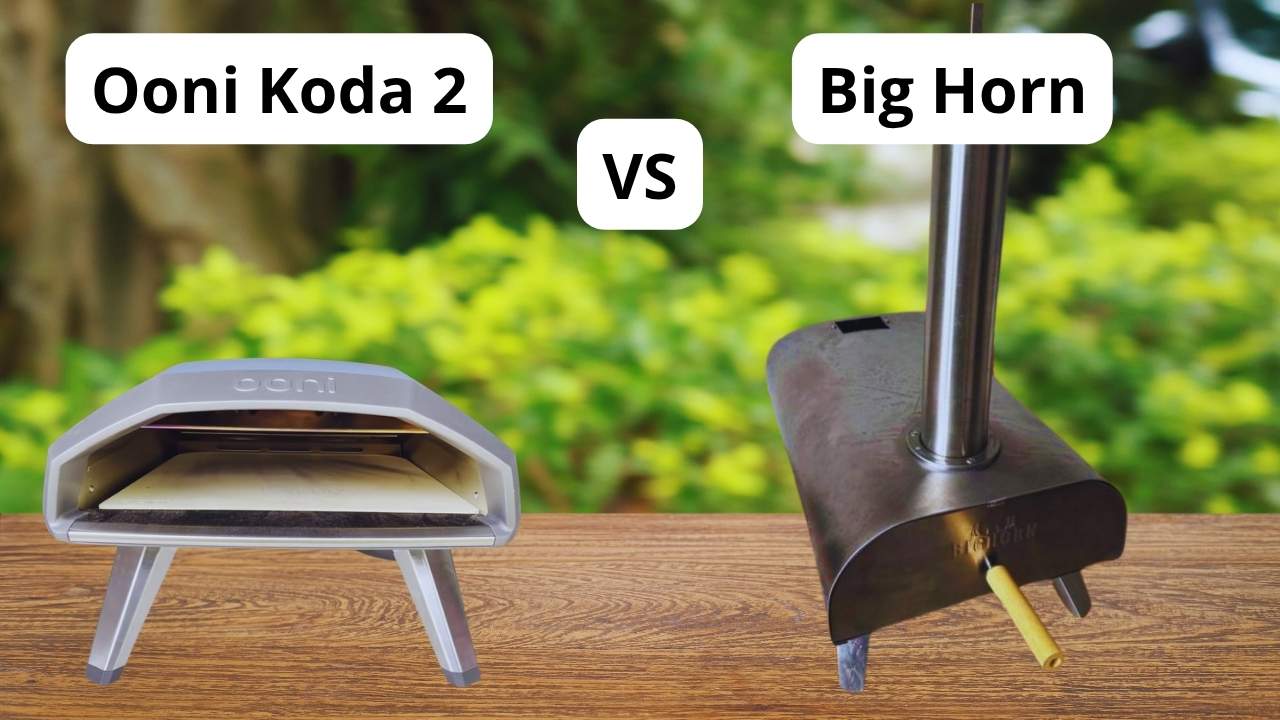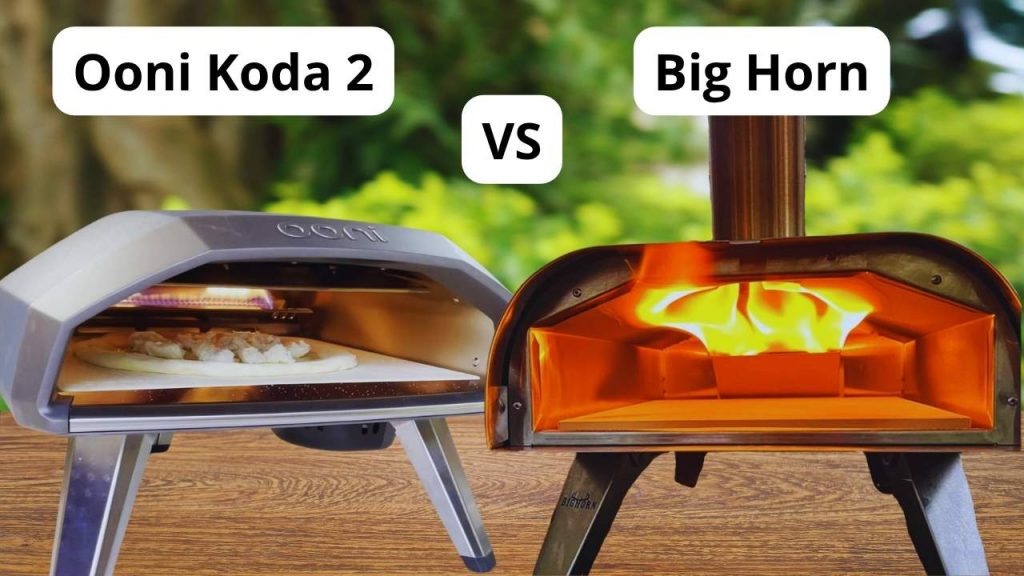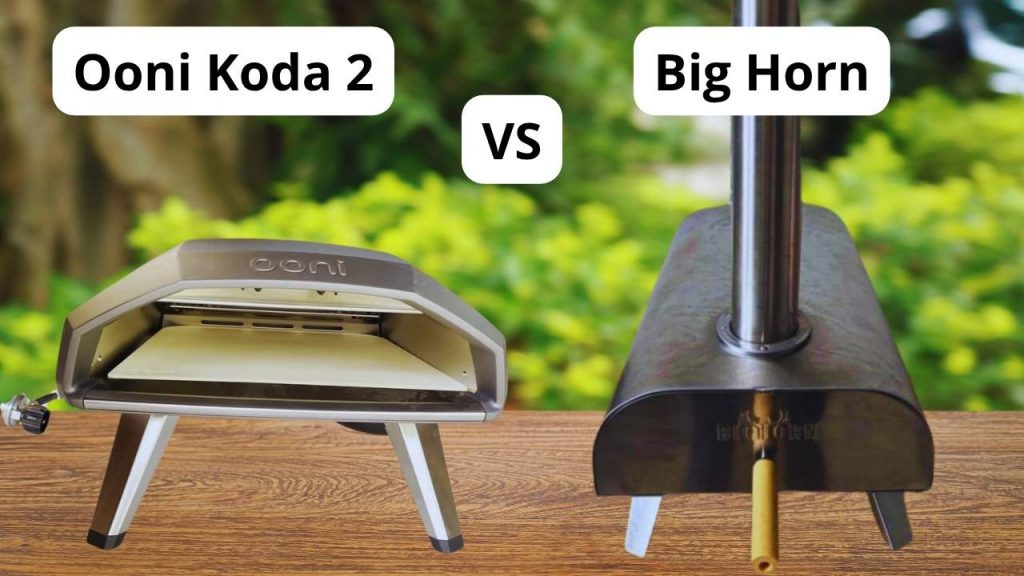As a restaurant chef with over 10 years of experience at Dequte Restaurant LironBoylston, I’ve tested countless pizza ovens in both professional and home kitchen settings. In this article, I’m comparing two models I’ve used extensively: the Ooni Koda 2 and the Big Horn Pizza Oven. My evaluation is based on real-life use in my kitchen and covers everything from build quality and temperature control to ease of cleaning and actual pizza results. If you’re curious about the full methodology behind my reviews, I break it all down in my separate guide.
Ooni Koda 2 is the latest gas-powered oven from Ooni, launched in April 2025. It’s designed for simplicity and high performance, reaching 950°F in just 15 minutes with Ooni’s new G2 Gas Technology™ for even heat distribution.
Big Horn Pizza Oven, on the other hand, is a compact, wood pellet-fueled oven aimed at home users who want that authentic wood-fired flavor without a hefty price tag. It’s portable, affordable, and capable of producing delicious pizza with a little practice.
I’ve compared the Ooni Koda 2 and the Big Horn Pizza Oven in detail in this article, using my own test results.
Quick heads-up: this article contains referral links. If you find it helpful and decide to buy one of these ovens through my links, it really helps keep my blog running—at no extra cost to you.

Ooni Koda 2 VS Big Horn: Quality and Materials
| The Ooni Koda 2 features a premium die-cast aluminum shell and a 50% thicker cordierite stone than the Koda 12. It feels durable, modern, and built to last. |
The Big Horn pizza oven is made of stainless steel with a ceramic stone. It feels solid, but heat retention isn’t as reliable, and some users report dents.
|
Ooni Koda 2 VS Big Horn: Temperature Control
| Thanks to its G2 Gas Technology™, the Ooni Koda 2 offers precise and even heat distribution, reaching 950°F in 15 minutes with minimal hot spots. |
The Big Horn can reach up to 900°F, but controlling the temperature is manual. Many users—including myself—suggest using a separate thermometer for accuracy.
|
Ooni Koda 2 VS Big Horn: Shape
| The Ooni Koda 2 has a compact rectangular shape with a sealed chamber and tapered flame. It’s engineered for gas efficiency and even heat flow. |
The Big Horn features a dome-like, rounded shape that encourages airflow, but it’s less effective in directing heat compared to the Ooni Koda 2.
|
Ooni Koda 2 VS Big Horn: First-Time Usage Impressions
| Setting up the Ooni Koda 2 is fast and intuitive. Out of the box, it took just 10 minutes to get it ready. Everything feels well-designed and user-friendly. |
The Big Horn is lightweight and portable, but the manual can be confusing. Lighting wood pellets may require trial and error, especially for beginners.
|
Ooni Koda 2 VS Big Horn: Power Source
| The Ooni Koda 2 runs solely on propane, making it easy to connect, ignite, and cook without hassle. It’s ideal for consistent, stress-free pizza nights. |
The Big Horn is fueled by wood pellets, which add a rich smoky flavor. However, managing the fire and fuel refills takes effort and experience.
|
Ooni Koda 2 VS Big Horn: Size
| At 35 lbs, the Ooni Koda 2 is slightly heavier but still portable, with a 14-inch stone that’s perfect for larger pizzas and entertaining. |
The Big Horn weighs 25 lbs and features a 12-inch pizza stone. It’s ultra-portable and great for casual outdoor use but has a smaller cooking area.
|
Ooni Koda 2 VS Big Horn: Ease of Cleaning
| The Ooni Koda 2 is easy to clean thanks to its high-heat self-cleaning feature. No ash buildup—just wipe the stone and exterior after use. |
The Big Horn requires manual ash removal and cleaning of the fire tray. Sharp edges inside the oven also require careful handling during maintenance.
|
Pizza Cooking Test
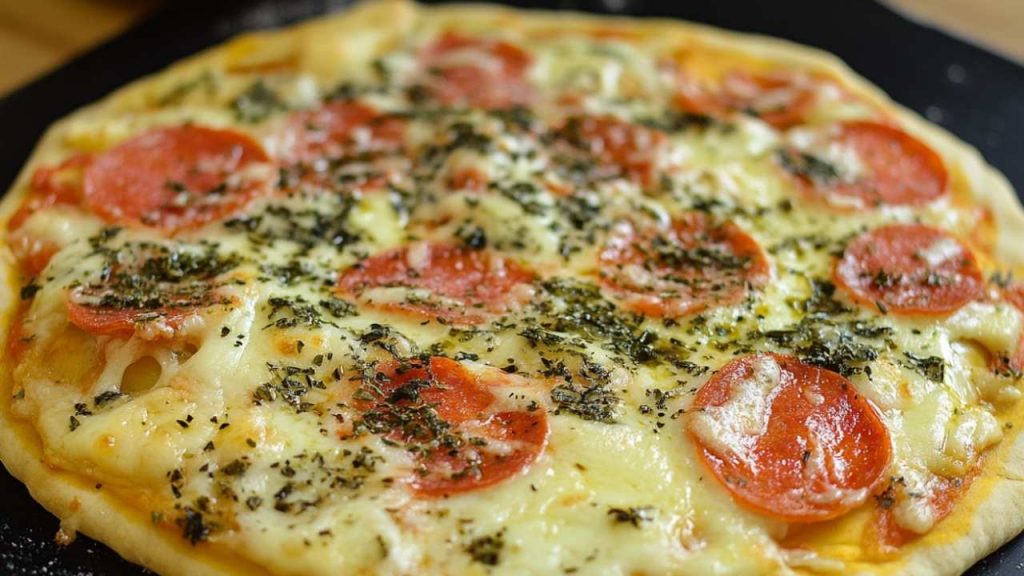
To fairly evaluate both ovens, I prepared a classic Margherita pizza using identical dough and ingredients. The Ooni Koda 2 reached its target temperature of 950°F in just 15 minutes. Its G2 Gas Technology™ delivered fast, even heat that wrapped the stone thoroughly, making it ready to cook right on schedule. The Big Horn, using wood pellets, also heated up in around 15 to 16 minutes, though the time fluctuated slightly depending on the weather and pellet consistency. Maintaining steady heat in the Big Horn required more attention—adjusting airflow and topping up the pellets to avoid dips in temperature.
When it came to cooking, the Ooni Koda 2 baked a 14-inch Margherita in just 60 seconds. The crust came out crisp and blistered, with an airy interior, while the cheese melted evenly and the bottom cooked through without any raw spots. The overall texture and balance were spot on—restaurant quality, just like what I serve at Dequte Restaurant. The Big Horn took about a minute and a half to cook a 12-inch Margherita. The pizza developed a nice smoky flavor from the wood pellets, and the crust turned golden and crunchy. However, I had to rotate the pizza manually a couple of times to avoid uneven cooking, especially on the edges, which is a common challenge with pellet-fueled ovens.
In terms of flavor, both pizzas were delicious in their own right. The Ooni Koda 2 delivered a clean, consistent Neapolitan-style pizza with perfect structure and melt. The Big Horn offered a more rustic and smokier profile, appealing to those who enjoy traditional wood-fired character, though it required more effort to get there.
How We Tested
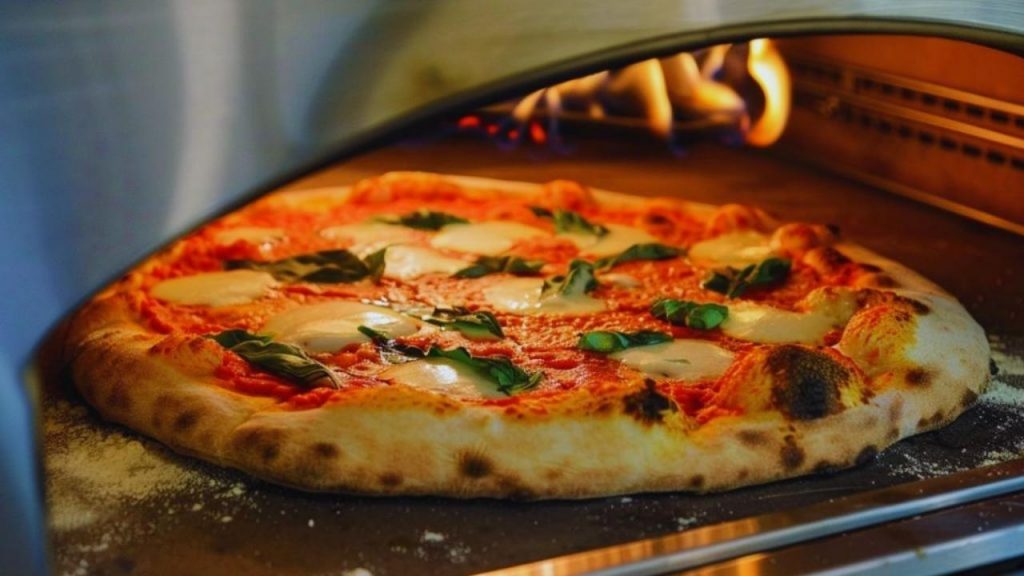
To ensure a fair and consistent comparison between the Ooni Koda 2 and the Big Horn pizza oven, I used both ovens repeatedly over several weeks in a controlled kitchen environment. As a chef with over a decade of hands-on experience at Dequte Restaurant LironBoylston, I followed the same process I use when evaluating any professional kitchen equipment.
Each oven was tested using the same type of dough, sauce, and toppings—specifically, a classic Margherita pizza. I measured heat-up times using an infrared thermometer to track how long it took for each oven to reach optimal cooking temperature (between 500°F and 950°F, depending on the model). Once at temperature, I cooked multiple pizzas back to back to evaluate how well each oven maintained heat under repeated use.
I paid close attention to factors like crust texture, bottom charring, cheese melt, and overall balance. I also noted any challenges during setup, fuel management, temperature control, and cleaning. These observations gave me a complete picture of how each oven performs not just in one perfect cook—but across repeated, real-world use. If you’re curious about my full testing process in detail, I’ve outlined it in a separate guide: How We Test Pizza Ovens.
Final Thoughts
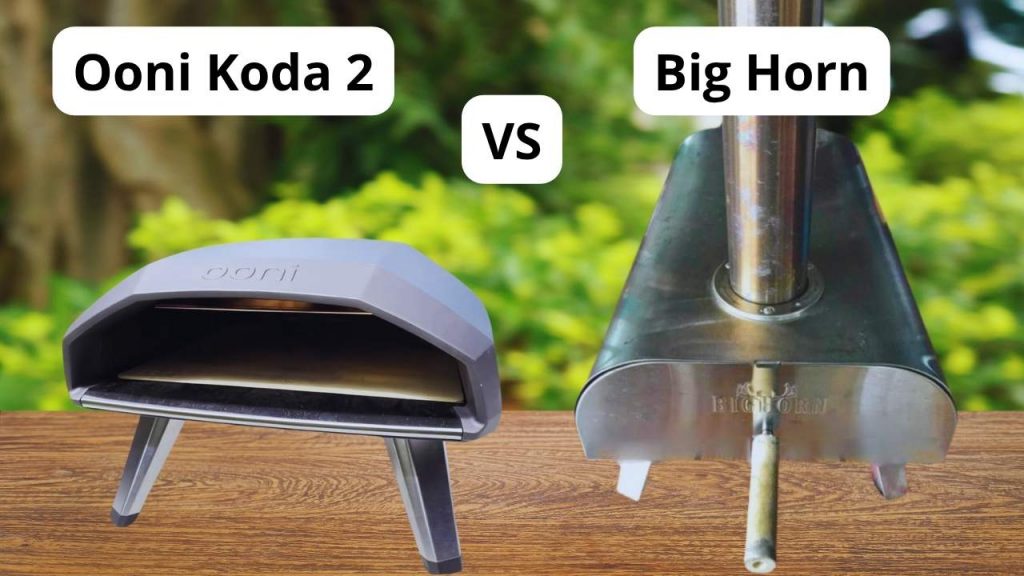
Whether you go with the precision and performance of the Ooni Koda 2, or the smoky, hands-on charm of the Big Horn, it ultimately comes down to your cooking style and what kind of experience you’re looking for. I’ve tested both ovens thoroughly, and while the Ooni Koda 2 stood out in several key areas—especially consistency, speed, and ease of use—the Big Horn still delivers great results for those who enjoy the flavor and ritual of cooking with wood pellets.
If you decide to purchase one of these ovens, I’d really appreciate it if you use my referral links below. It helps support this blog and allows me to keep testing and reviewing gear—at no extra cost to you.
Thanks for reading, and happy pizza-making!

